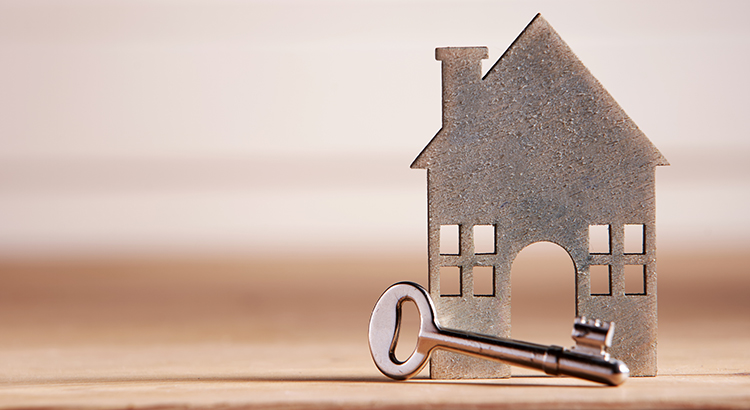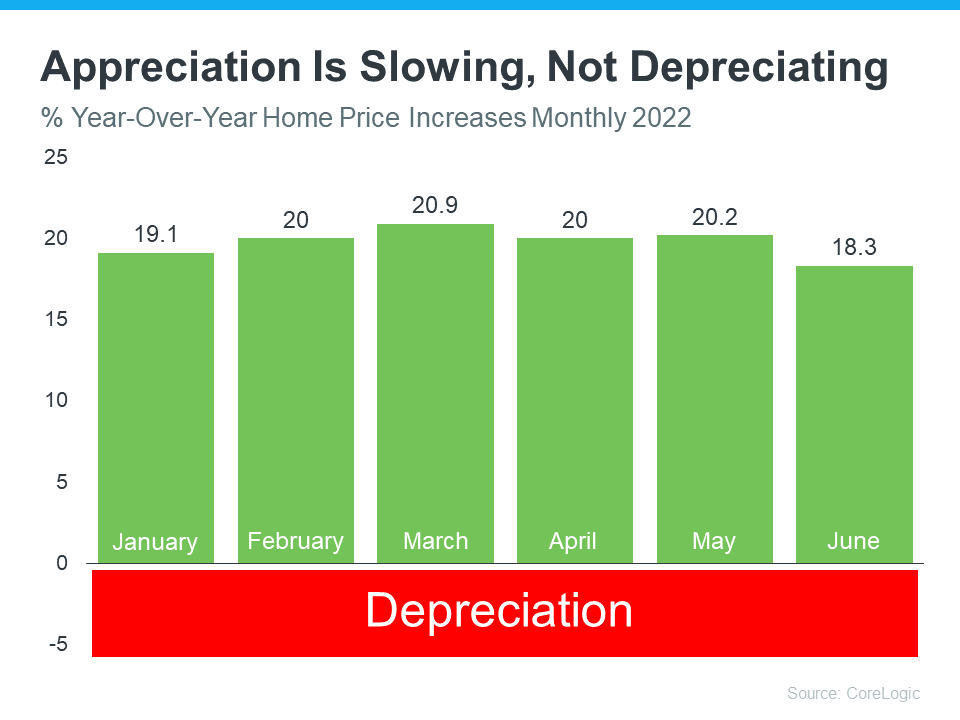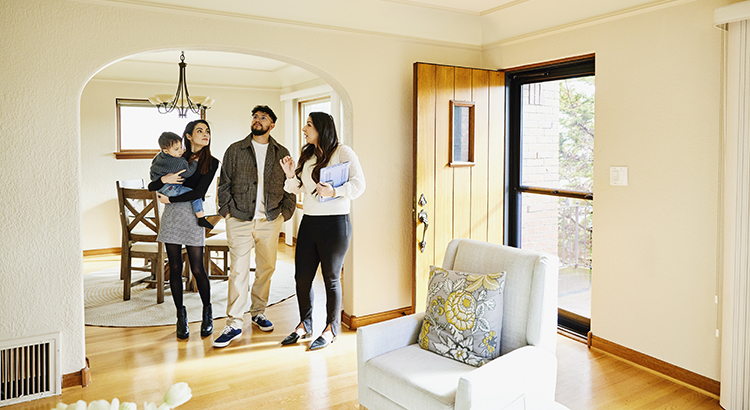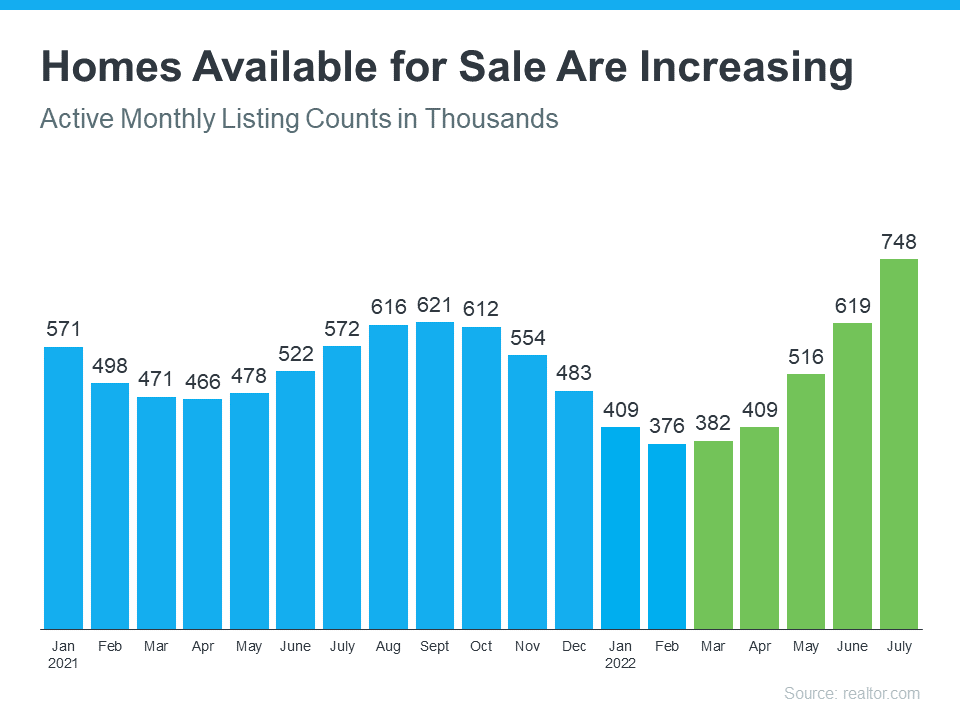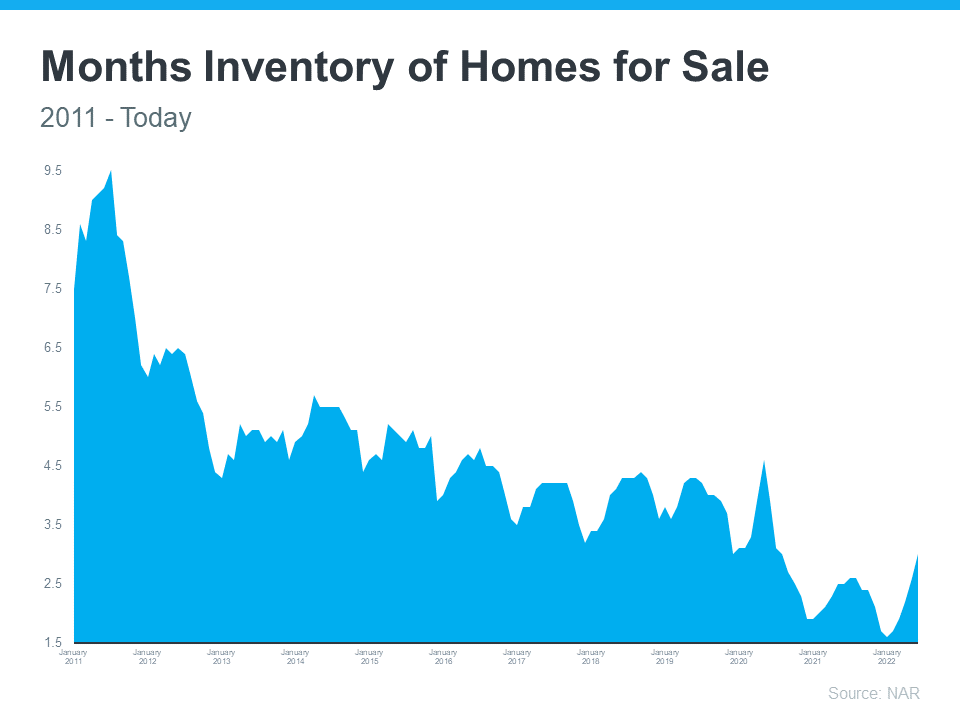PGE Wildfire Post for Customer Safety
Customer safety will drive a decision in the next 24-48 hours
PORTLAND, Ore., Sept. 7, 2022 —Portland General Electric announced that it is monitoring dangerous, high-risk fire conditions and is increasingly likely to call public safety power shutoffs (PSPSs) in 10 areas that are at a higher fire risk, affecting approximately 30,000 customer meters. A PSPS is when PGE turns off power in a limited, high-risk area to help reduce the risk of wildfire and to help protect people, property and the environment.
PGE is actively monitoring conditions and will make the decision based on factors including wind speed, temperature, humidity and the dryness of trees and brush, field observations and information from local fire departments and agencies. PGE will continue to monitor conditions for the next 24-48 hours and will provide an update. If conditions persist, PGE aims to provide up to four hours of notice before turning off power.
Weather forecasts indicate strong, gusty winds are predicted across PGE’s service area, starting as early as Friday morning. “PGE works year-round to help keep our system safe and resilient from wildfire, including managing over 2.2 million trees along 12,000 miles of power lines,” said Larry Bekkedahl, senior vice president of Advanced Energy Delivery, PGE. “However, we are expecting extreme winds that could cause outages. We are preparing to have crews at the ready to begin repairing damage following the high winds, as soon as conditions are safe.”
The 10 PSPS areas are shown in the map below. Customers in these areas should check portlandgeneral.com/pspsto confirm if their power may be impacted. PGE encourages everyone who may be impacted by a PSPS or a weather-related outage to make an emergency plan and prepare an outage kit using the preparedness information that PGE sent to customers and that is also available on PGE’s website.
If PGE calls a PSPS in these areas, PGE will shut off power as long as necessary to protect against the risk of fire. A PSPS can last for multiple days. After weather conditions return to normal, PGE will begin to visually inspect its equipment and make any repairs necessary to safely re-energize lines. Based on current information, PGE estimates a PSPS could be called on Friday morning, and power could be out through Saturday night. Assuming this event duration and no damage to our system, power restoration would begin Sunday morning and power to customers could be restored by Monday night.
If PGE calls a PSPS in these areas, Community Resource Centers will likely be opened to provide information, water, ice, Wi-Fi and access to charging for personal electronics. More information will be provided in future updates.
PGE is communicating directly with customers in the impacted areas and will also communicate through the news media, on portlandgeneral.com/psps and on social media, @PortlandGeneral on Twitter and @PortlandGeneralElectric on Facebook, among other channels.
Customer service is available at 503-228-6322 and service advisors can assist customers in more than 200 languages.
About Portland General Electric Company: Portland General Electric (NYSE: POR) is a fully integrated energy company based in Portland, Oregon. The company serves approximately 900,000 customers with a service area population of 2 million Oregonians in 51 cities. PGE owns 16 generation plants across Oregon and other Northwestern states and maintains and operates 14 public parks and recreation areas. For more than 130 years, PGE has powered the advancement of society, delivering safe, affordable, and reliable energy to Oregonians. PGE and its approximately 3,000 employees are working with customers to build a clean energy future. Together with its customers, PGE has the No. 1 voluntary renewable energy program in the U.S. PGE is committed to achieving at least an 80% reduction in greenhouse gas emissions from power served to customers by 2030 and 100% reduction by 2040. In 2021, PGE became the first U.S. utility to join The Climate Pledge. For the eighth year in a row PGE achieved a perfect score on the 2021 Human Rights Campaign Foundation's Corporate Equality Index, a national benchmarking survey and report on corporate policies and practices related to LGBTQ workplace equality. In 2021, PGE, employees, retirees, and the PGE Foundation donated $4.8 million and volunteered 15,760 hours with more than 300 nonprofits across Oregon. For more information visit www.PortlandGeneral.com/news.


.jpeg)
.jpeg)
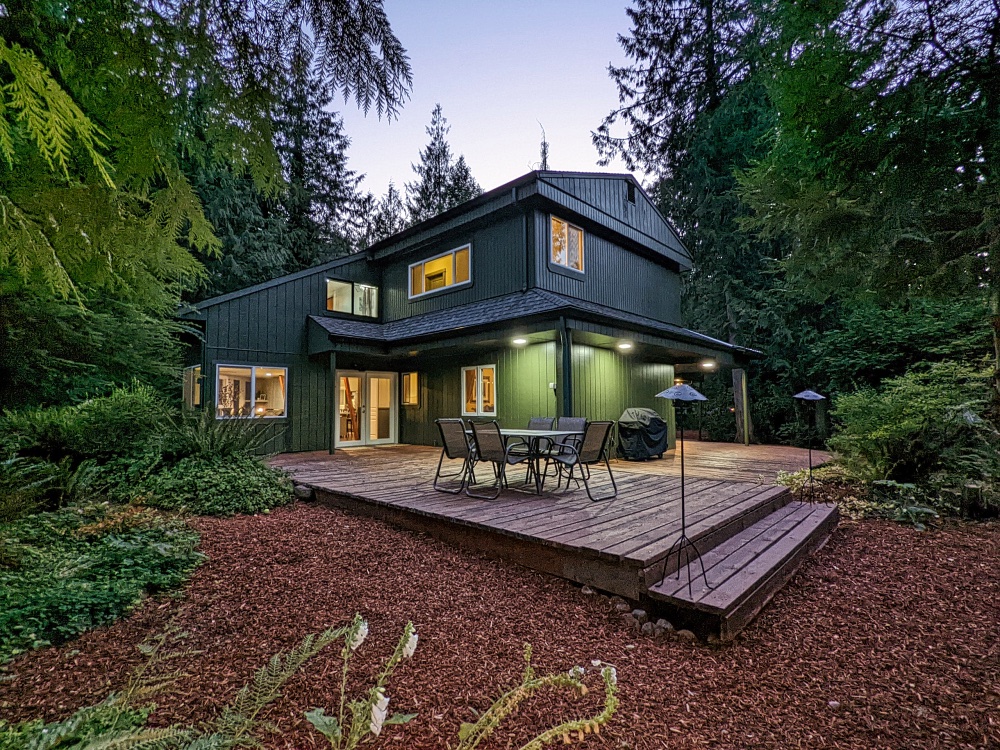
.jpeg)
.jpeg)
.jpeg)
![Here's Why It's Still a Sellers' Market [INFOGRAPHIC] | MyKCM](https://files.mykcm.com/2022/09/01081742/20220902-MEM-1046x1874.png)
